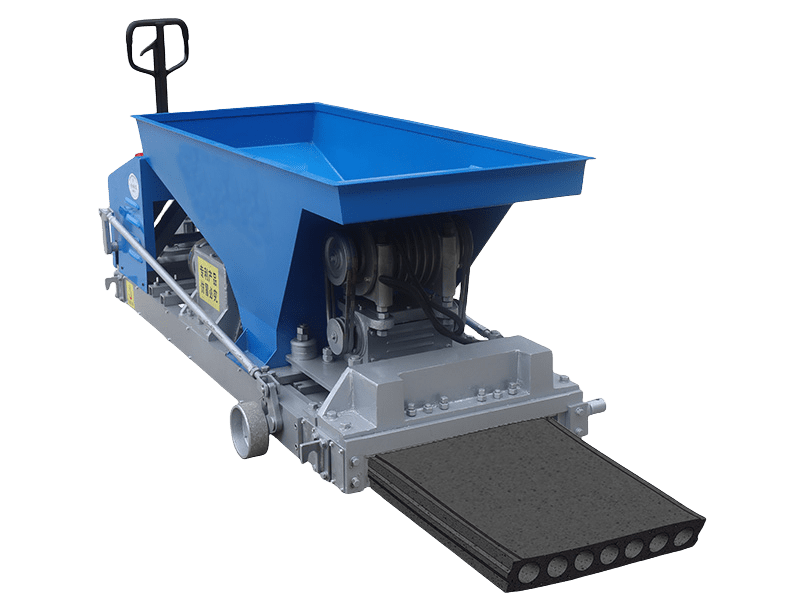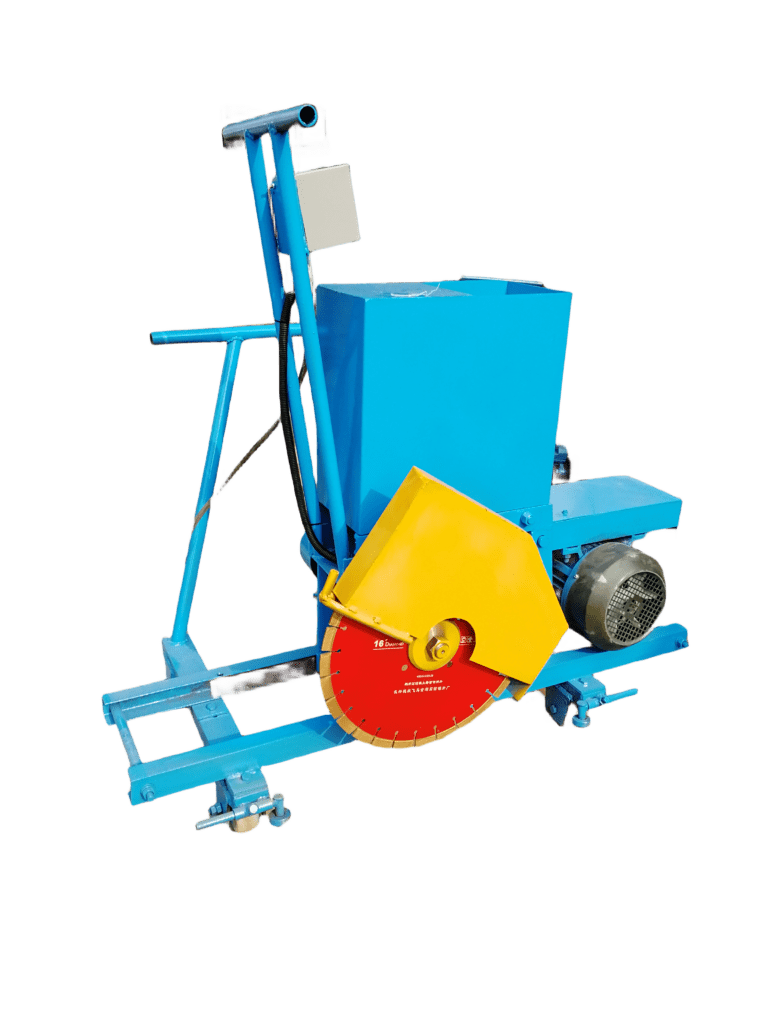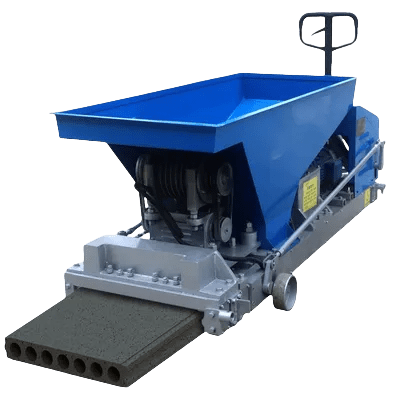1. Structural composition
Drum
This is the core part of the mixer, generally a cylindrical metal drum. The size (diameter and length) of the drum will vary depending on the model and production capacity of the mixer. For example, the drum diameter of a small mixer may be around 1 meter and the length is about 2-3 meters; the diameter of a large drum can reach more than 2 meters and the length can reach 6-7 meters. The inner wall of the drum usually has special mixing blades, which have various shapes such as spiral and arc. The spiral blades can push the material in one direction when the drum rotates, so as to achieve full mixing of the material and also help unloading.
Drive device
Mainly includes motors or engines, and transmission parts. Motor drive is suitable for places with stable power supply, such as mixing plants at large construction sites. Engine drive is convenient for use in remote construction sites without electricity. Transmission parts usually have belts, gears, etc., which are used to transmit power to the drum so that the drum rotates at a suitable speed. Generally, the speed of the drum is 10-30 rpm. This speed range can ensure that the material can be fully mixed, and at the same time, the material will not be centrifugally thrown out due to excessive speed.
Feeding device
The position and size of the feeding port are reasonably designed to facilitate the feeding of raw materials such as cement, sand and gravel into the drum. The feeding port usually has a funnel-shaped structure, which makes it easier for the material to enter the drum. Some feeding devices are also equipped with metering equipment, which can accurately control the feeding amount of various raw materials according to a certain proportion to ensure the stability of the quality of concrete.
Discharging device
The discharge port is located at one end of the drum. When the concrete is mixed, the concrete can be discharged by opening the discharge port. There are many ways of unloading, the most common ones are inclined unloading and reverse unloading. Inclined unloading is to tilt the drum at a certain angle so that the concrete flows out of the discharge port under the action of gravity; reverse unloading is to rotate the drum in the opposite direction so that the mixing blades push the concrete out of the discharge port.
2. Working principle
When the drive device is started, the drum starts to rotate. As the drum rotates, the cement, sand, gravel and water in the drum are constantly turned and mixed under the action of the mixing blades. The materials are pushed from one end of the drum to the other end by the blades, and then brought back to the starting end, and the cycle repeats. In this process, the materials are fully in contact with each other, the cement is evenly wrapped on the surface of the sand and gravel particles, and the water is evenly distributed in the entire material system, and finally a uniform concrete is formed. For example, during the mixing process, the dry cement and sand and gravel initially put in are in a separated state. After a few minutes of rotation and mixing, they will become a concrete slurry with a certain fluidity.
3. Features
Advantages
Good mixing uniformity: Due to the continuous rotation of the drum and the action of the mixing blades, the various components of the concrete can be fully mixed to ensure the consistency of the concrete quality. This uniformity is very important for the strength and durability of the concrete.
Wide range of applications: Various types of concrete can be mixed, including ordinary concrete, hydraulic concrete, special concrete, etc. Whether it is a small-scale building foundation construction or a large-scale water conservancy project, the drum concrete mixer can be used.
Simple structure and easy maintenance: Compared with some complex concrete mixing equipment, the structure of the drum concrete mixer is more intuitive. Its main components such as drums and drive devices are easy to understand and maintain. General mechanical maintenance personnel can repair and maintain common faults after simple training.
Disadvantages
Relatively low production efficiency: Compared with some continuous concrete mixing equipment, drum concrete mixers work in an intermittent manner. It takes a certain amount of time to complete the mixing of each batch of concrete, and the unloading process is relatively slow, so the overall production efficiency is limited.
High energy consumption: Since its working principle mainly relies on the rotation of the drum to mix materials, a large power is required to drive the drum. Especially when mixing high-viscosity concrete or large-capacity mixers, the energy consumption problem will be more obvious.
4. Application scenarios
Small construction sites
In some small residential construction, rural self-built houses and other projects, due to the relatively small amount of concrete, the use of drum concrete mixers can easily mix concrete on site to meet the needs of construction. For example, if a two-story building is built in the countryside, the drum concrete mixer can be used to mix the required concrete at any time according to the construction progress.
Temporary construction sites
For some temporary road repairs, bridge repairs and other projects, the mobility of drum concrete mixers (especially engine-driven mixers) can play an advantage. It can be quickly transported to the construction site and start mixing concrete in a short time, providing timely material support for emergency repair work.


